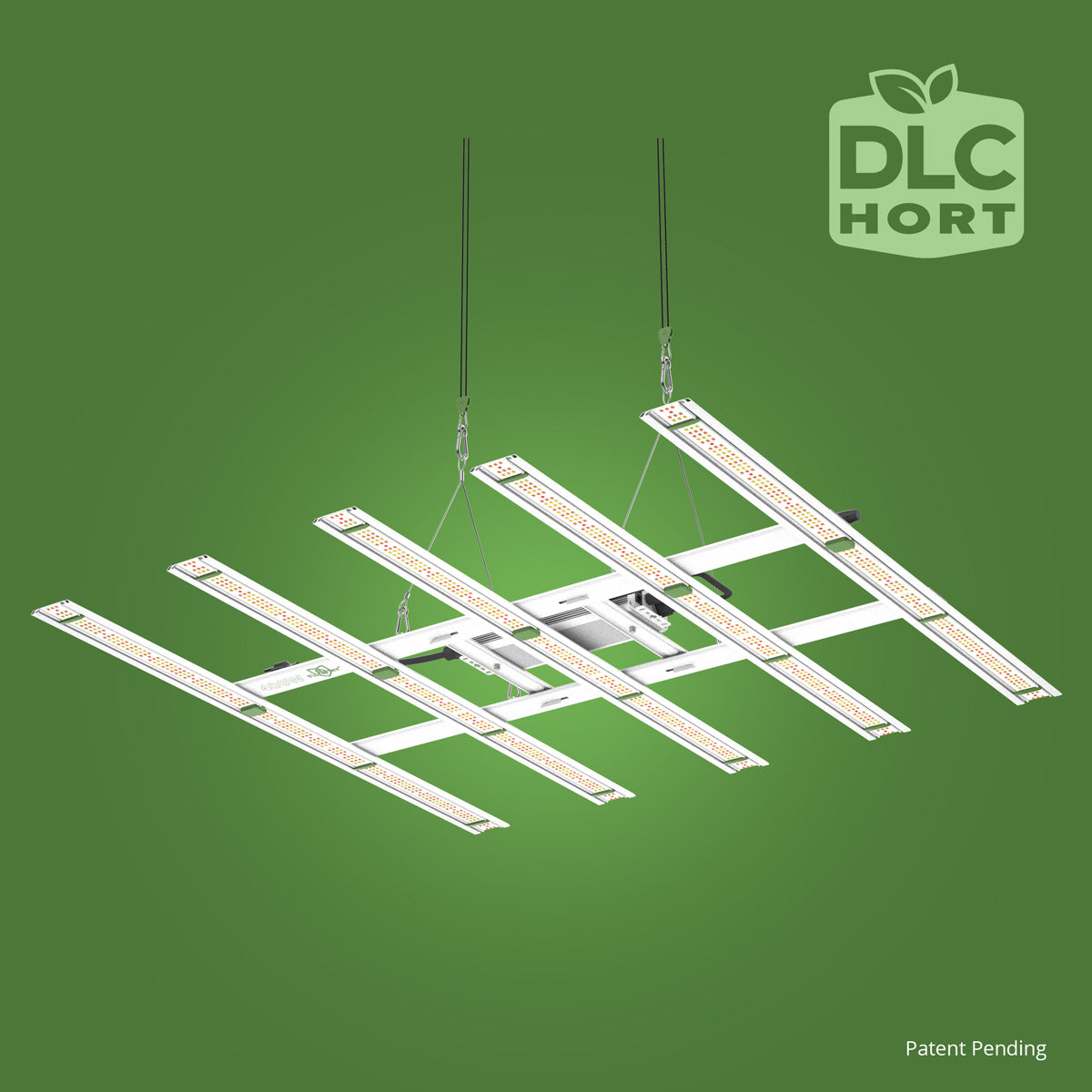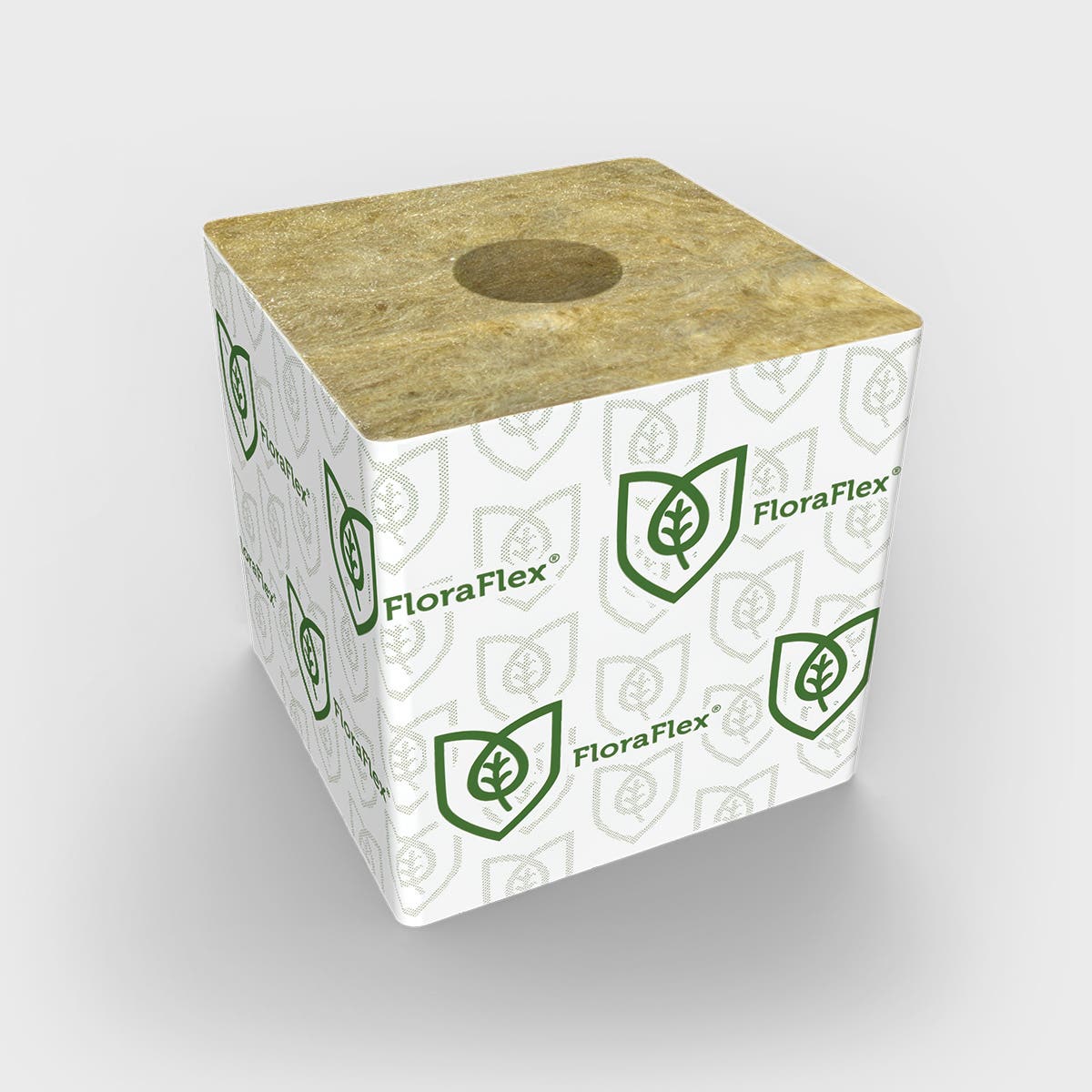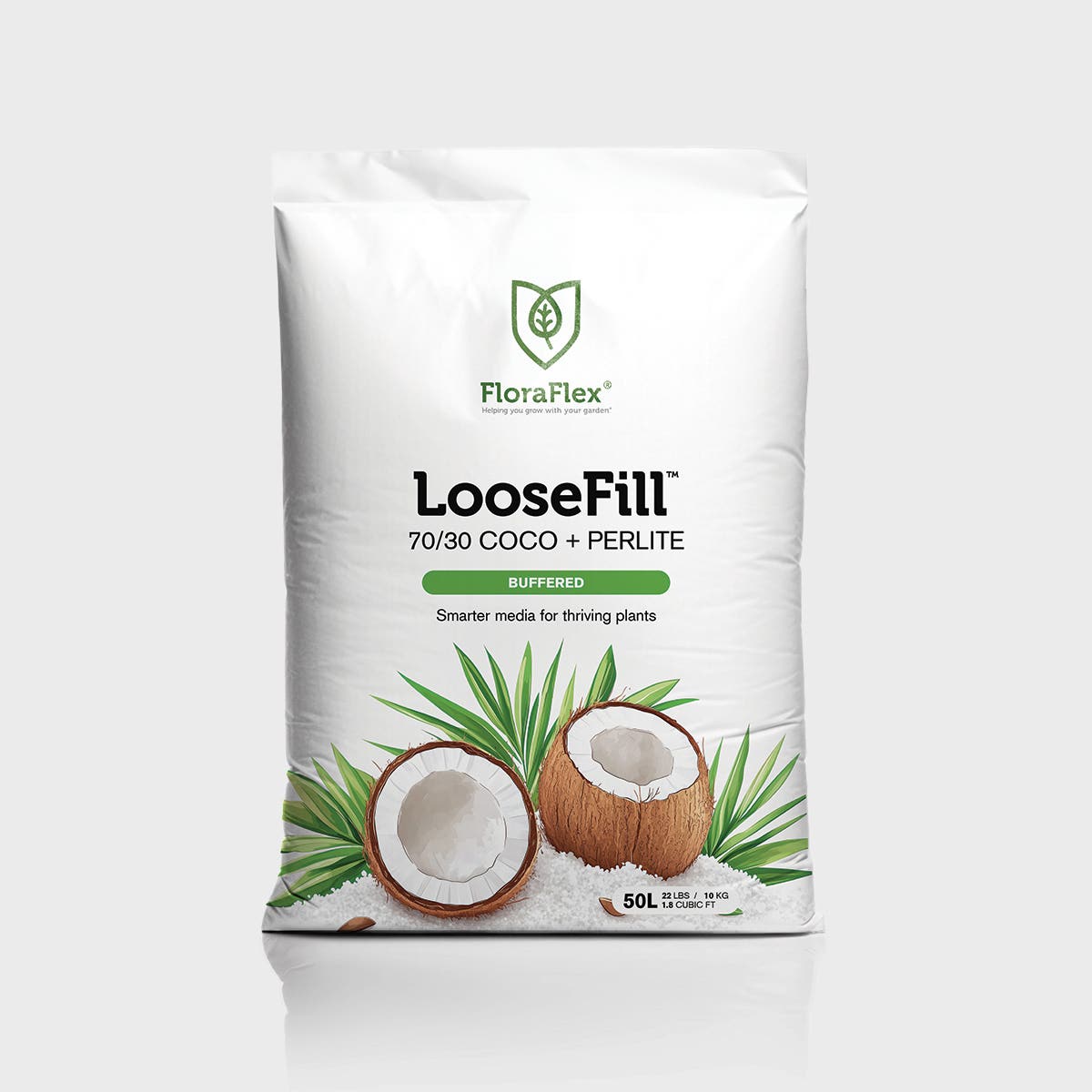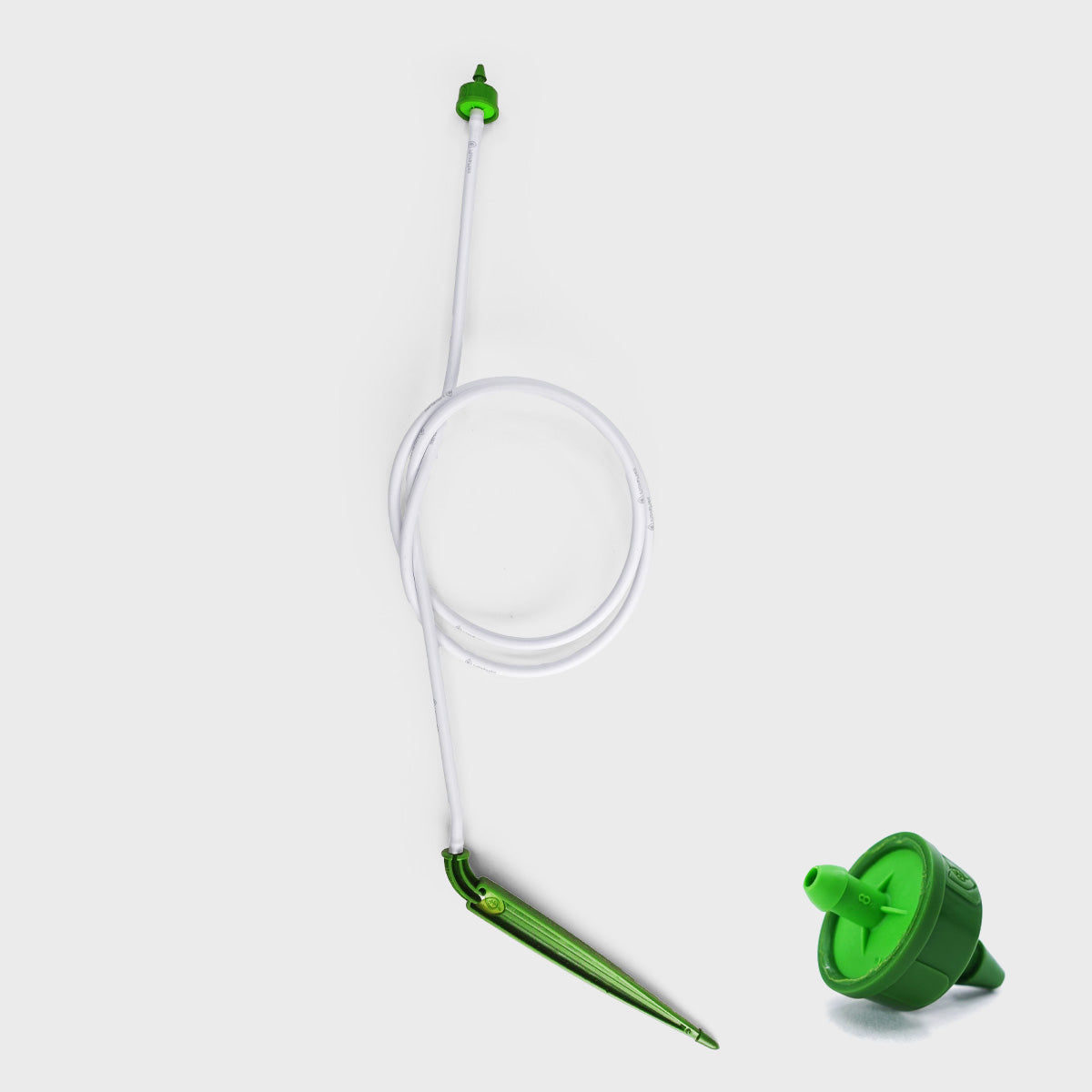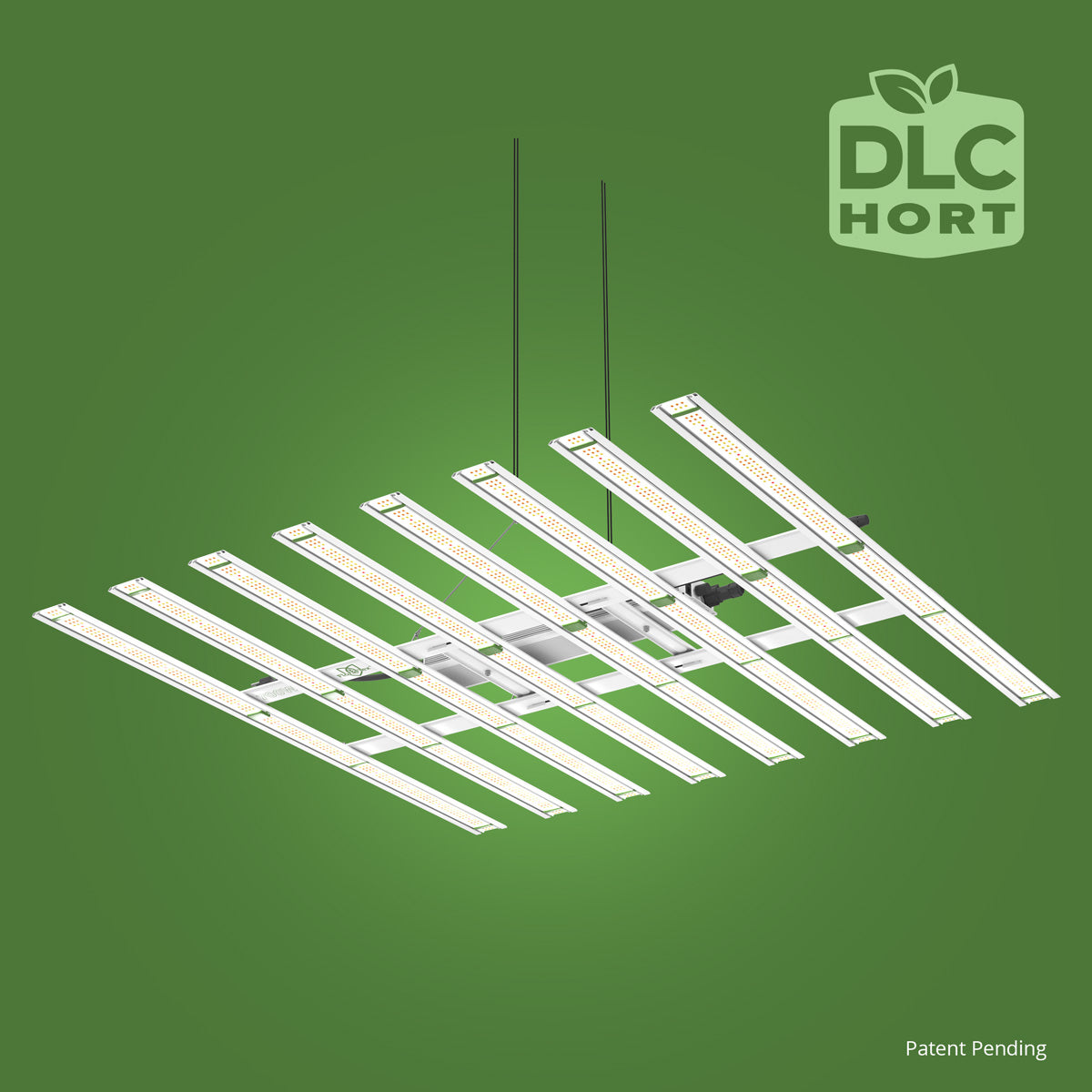Garden Drip Irrigation Systems: Efficient and Hassle-Free Watering
Are you tired of spending hours manually watering your garden or dealing with sprinkler systems that waste water? It's time to consider installing a garden drip irrigation system. This innovative watering solution offers numerous benefits and ensures that your plants receive the right amount of water without any hassle. In this article, we will delve into the world of garden drip irrigation systems, discussing their benefits, how they work, installation tips, and maintenance guidelines.
Understanding Garden Drip Irrigation Systems
Benefits of Drip Irrigation Systems
Drip irrigation systems have gained popularity among gardeners due to their exceptional benefits. Unlike traditional sprinkler systems, drip irrigation focuses water directly at the root zone, reducing water waste and promoting healthier plant growth. With drip irrigation, you can save up to 50% of water compared to other irrigation methods. Additionally, this system minimizes weed growth, prevents soil erosion, and reduces the risk of disease by keeping foliage dry.
How Drip Irrigation Works
Drip irrigation works by delivering water slowly and directly to the plants' roots through a network of tubes, emitters, and drippers. These emitters and drippers allow water to drip out at a controlled rate, ensuring that each plant receives an adequate amount. This targeted approach maximizes water efficiency and minimizes evaporation, making drip irrigation an ideal choice for water-conscious gardeners.
Components of Drip Irrigation Systems
A typical drip irrigation system consists of several key components. These include a water source, a backflow preventer, a pressure regulator, a filter, a mainline, lateral lines, emitters or drippers, and optional timers or controllers. Each component plays a crucial role in delivering water effectively and efficiently to your plants.
Choosing the Right Drip Irrigation System
Evaluating Your Garden's Needs
Before choosing a drip irrigation system, it's essential to assess your garden's unique needs. Consider factors such as plant types, soil conditions, sun exposure, and the size of your garden. Understanding these aspects will help you determine the right system and ensure optimal water distribution.
Types of Drip Irrigation Systems
There are various types of drip irrigation systems available, including soaker hoses, drip tapes, and micro-sprinklers. Soaker hoses are ideal for flower beds and garden rows, while drip tapes are commonly used for large-scale farming. Micro-sprinklers, on the other hand, provide a combination of drip and sprinkler irrigation. Choose the system that best suits your garden's requirements.
Factors to Consider When Selecting a System
When selecting a drip irrigation system, consider factors such as water pressure, flow rate, filtration needs, and the layout of your garden. It's crucial to ensure that the system you choose can handle your garden's specific requirements for optimal performance.
Installing a Garden Drip Irrigation System
Planning the Layout
Proper planning is essential before installing a garden drip irrigation system. Consider the layout of your garden, the location of plants, and the water source. Create a detailed plan to ensure that you install the system efficiently and effectively.
Preparing the Area
Before installing the system, prepare the area by removing any obstacles, weeds, or debris that could interfere with the installation process. Ensure that the soil is adequately prepared for optimal water absorption.
Installing the Mainline
Begin the installation process by laying out the mainline, which connects the water source to the lateral lines. Use high-quality pipes and connectors to prevent leaks and ensure the durability of your system.
Placing Emitters and Drippers
Carefully place the emitters or drippers along the lateral lines, considering the spacing requirements for your specific plants. Proper emitter placement will guarantee even water distribution and healthy plant growth.
Setting Up Timers and Controllers
To automate your irrigation system, install timers or controllers. These devices allow you to set specific watering schedules, ensuring that your plants receive water at the optimal times. Timers and controllers are especially beneficial when you're away from home or have a busy schedule.
Maintaining Your Drip Irrigation System
Regular Inspections and Maintenance
To keep your drip irrigation system in top condition, perform regular inspections. Check for leaks, clogged emitters, or any other issues that may affect water flow. Addressing these problems promptly will prevent damage to your plants and ensure efficient water distribution.
Cleaning and Flushing the System
Periodically clean and flush your drip irrigation system to remove debris and sediment that can clog the emitters. This simple maintenance step will help prolong the lifespan of your system and maintain its effectiveness.
Troubleshooting Common Issues
Sometimes, you may encounter common issues with your drip irrigation system, such as low water pressure or uneven water distribution. Understanding how to troubleshoot these problems will allow you to resolve them quickly and keep your system running smoothly.
Tips for Efficient Watering with Drip Irrigation
Proper Watering Techniques
To maximize the benefits of your drip irrigation system, employ proper watering techniques. Water deeply but infrequently to encourage deep root growth and water absorption. Avoid overwatering, as it can lead to root rot and other plant diseases.
Adjusting Watering Schedules
As your plants grow and seasons change, it's important to adjust your watering schedules accordingly. Consider the specific water needs of each plant and make necessary adjustments to ensure optimal growth and health.
Using Sensors and Smart Controllers
To take your irrigation system to the next level, consider incorporating sensors and smart controllers. These devices monitor soil moisture levels, weather conditions, and other factors to optimize watering schedules automatically. This advanced technology ensures precise water delivery and reduces water waste.
Conclusion
Garden drip irrigation systems offer a convenient and efficient way to water your plants while conserving water. By understanding the benefits, working principles, and components of these systems, you can make an informed decision when choosing and installing one for your garden. Remember to prioritize regular maintenance and efficient watering techniques to ensure optimal plant health. Embrace the ease and effectiveness of garden drip irrigation systems and watch your garden thrive.
FAQs
1. How long should I water my garden using a drip irrigation system?
The duration of watering depends on various factors such as plant type, soil type, and weather conditions. Generally, it's recommended to water for 30 minutes to 1 hour, allowing the water to penetrate the root zone effectively.
2. Can I install a drip irrigation system myself, or do I need professional help?
Installing a drip irrigation system can be a DIY project if you have basic plumbing skills and understand the layout of your garden. However, if you're unsure or have a complex garden design, it's best to consult a professional for assistance.
3. Can I use a drip irrigation system for my potted plants?
Yes, drip irrigation systems can be adapted for potted plants. Use drippers or micro-sprinklers specifically designed for containers and adjust the watering schedule based on the plant's needs.
4. How often should I inspect and clean my drip irrigation system?
Regular inspections and maintenance should be performed at least once a month. Cleaning and flushing the system can be done every three to six months or as needed to ensure proper functioning.
5. Are drip irrigation systems suitable for all types of gardens?
Drip irrigation systems can be customized to suit different types of gardens, from small residential gardens to large agricultural fields. By selecting the right components and designing the system to meet your specific needs, drip irrigation can benefit a wide range of garden sizes and types.

